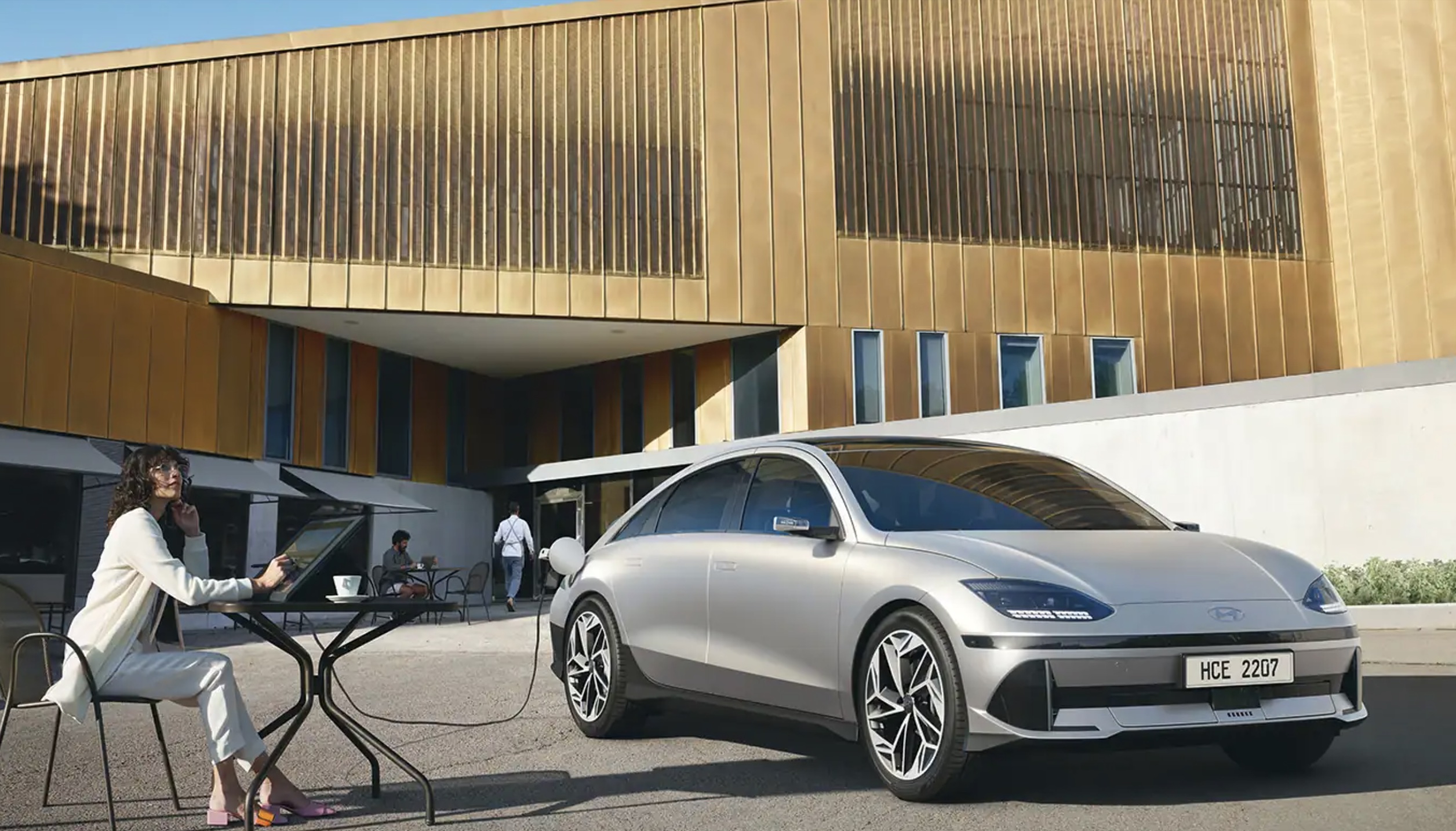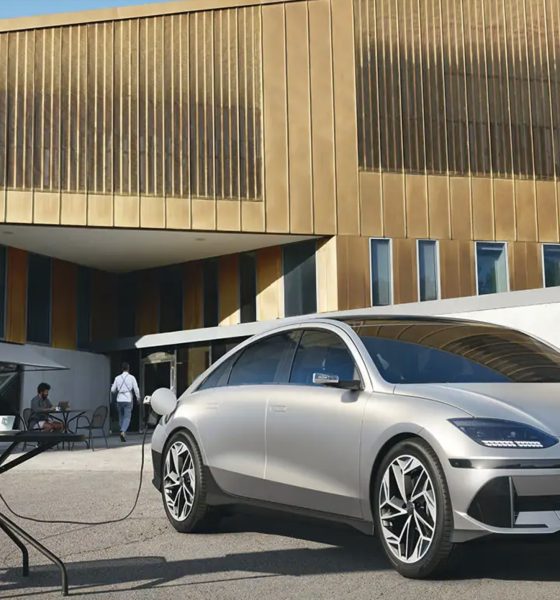The Hyundai IONIQ 6 premiere emphasized the electric sedan’s functional space, hinting that cars are more than just modes of transportation now.
The idea of an electric vehicle has already helped traditional car manufacturers open their minds to new ideas of what a car is and how it works. As EVs gain popularity, automakers have started to reimagine the functions of a car and what people could do in them. Hyundai seemed to reevaluate the function of vehicles with the Hyundai IONIQ 6.
The Hyundai IONIQ 6’s Functional Space
The IONIQ 6’s digital world premiere video highlighted that the all-electric sedan isn’t just a car; it’s also a flexible space for people with different lifestyles. In particular, Hyundai emphasized the new IONIQ’s potential as a mobile office space, one conducive to creativity and productivity.
Design
Hyundai designed the IONIQ 6 with a cocoon-shaped interior, giving it a more homey, comfortable vibe. The Korean automaker claims that the car’s cabin is optimized for space. In the digital premiere video, Hyundai showed how drivers could lounge in their seats and even take naps.
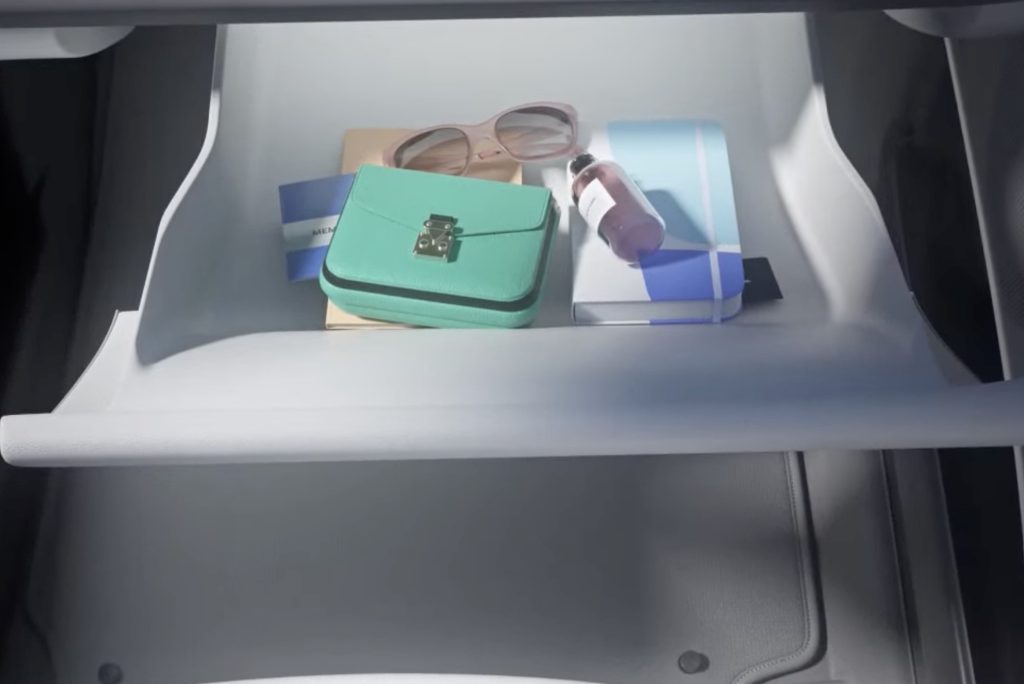
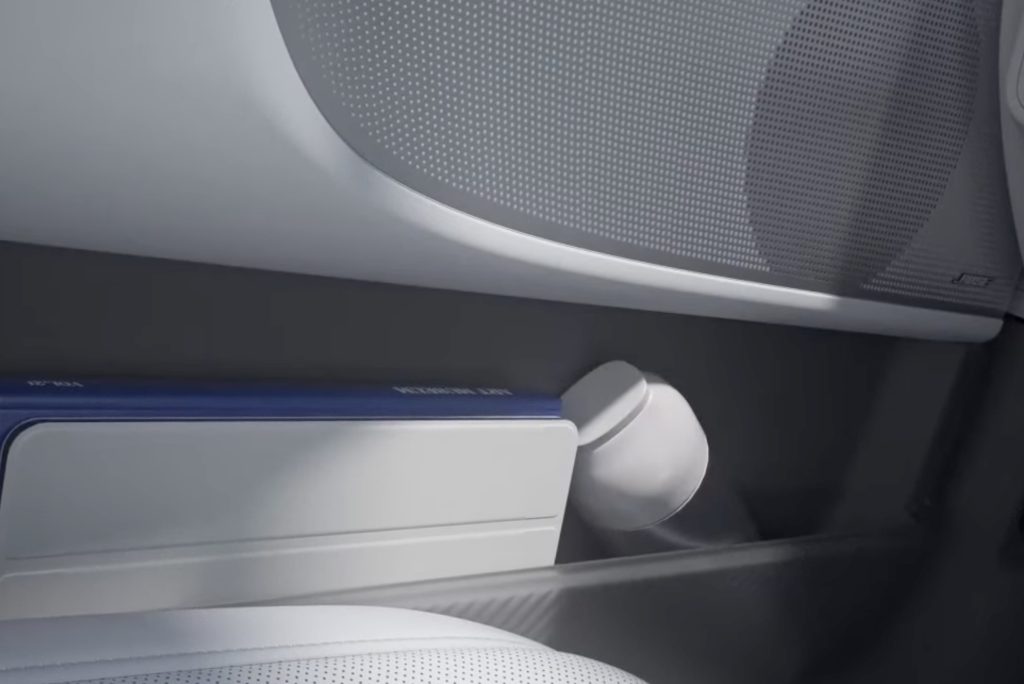
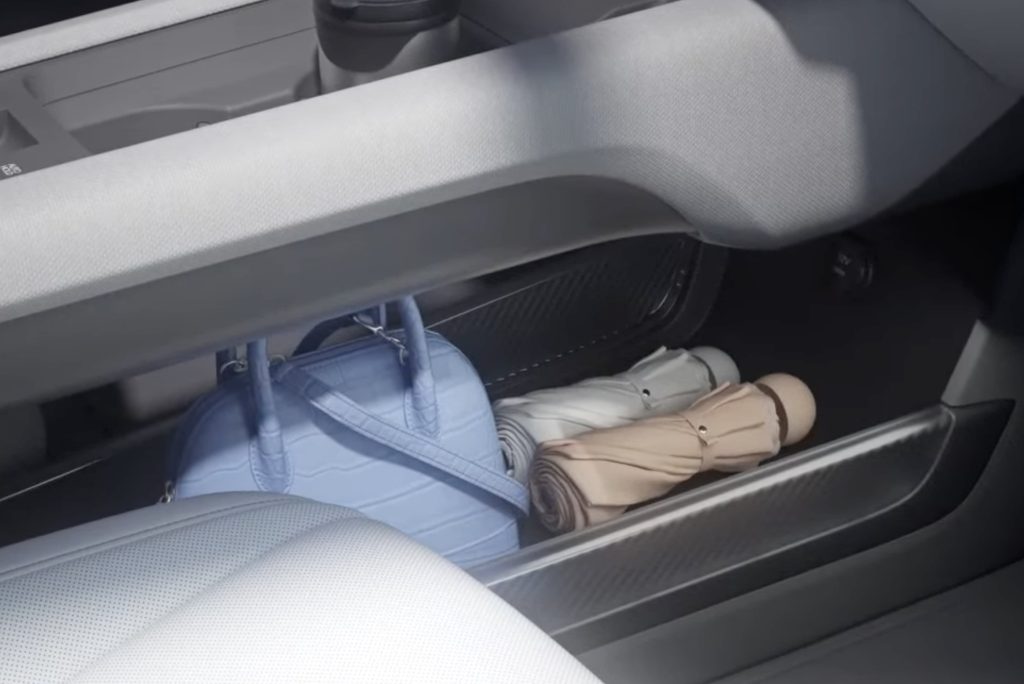
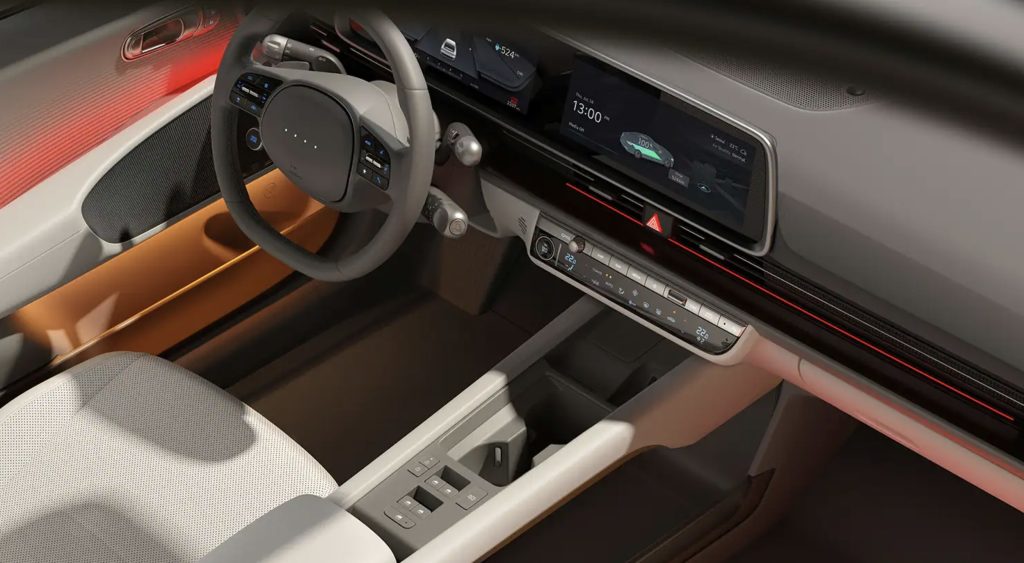
The IONIQ 6 also allows drivers to customize their space with dual color ambient lighting in 64 color options. The interior cabin’s lighting also syncs with the vehicle’s speed. The brighter the lights, the faster the car is moving.
Besides ambient lighting, the IONIQ 6’s cabin has several clever storage spaces. It has a button-less slim door, offering “maximized pocket room” near the driver’s door. It also has a sliding glove box, allowing owners to reach deep into the storage space. However, the most interesting storage space inside the cabin might be the bridge-type center console which has room for bigger items, like purses, at the bottom.
Technology
The IONIQ 6’s design isn’t the only part that makes it an ideal mobile office or lounge area. Hyundai also included technology into the IONIQ 6 to boost productivity and relaxation.
The IONIQ 6 has a wireless charging system for smartphones, plus 5 USB ports for charging. One of the ports is an A-type port that supports data transfer for various smart devices. The A-type port is located on top of the center console. Two C-type ports for charging are underneath the second-row air vents, and two are in the center console.
Hyundai’s IONIQ 6 also has a vehicle-to-load (V2L) feature, allowing drivers and passengers to plug in electrical devices, like appliances, into a power outlet inside and outside the vehicle. “General electric power (230V/120V) is provided inside and outside, and you can use 3.6kVA for 230V power devices and 1.9kVA for 120V power devices,” noted Hyundai.
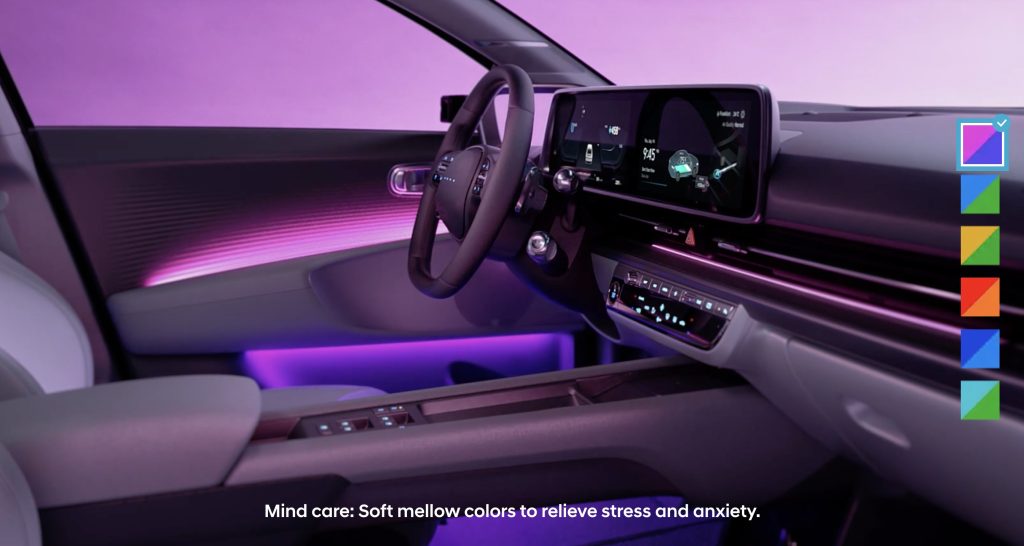
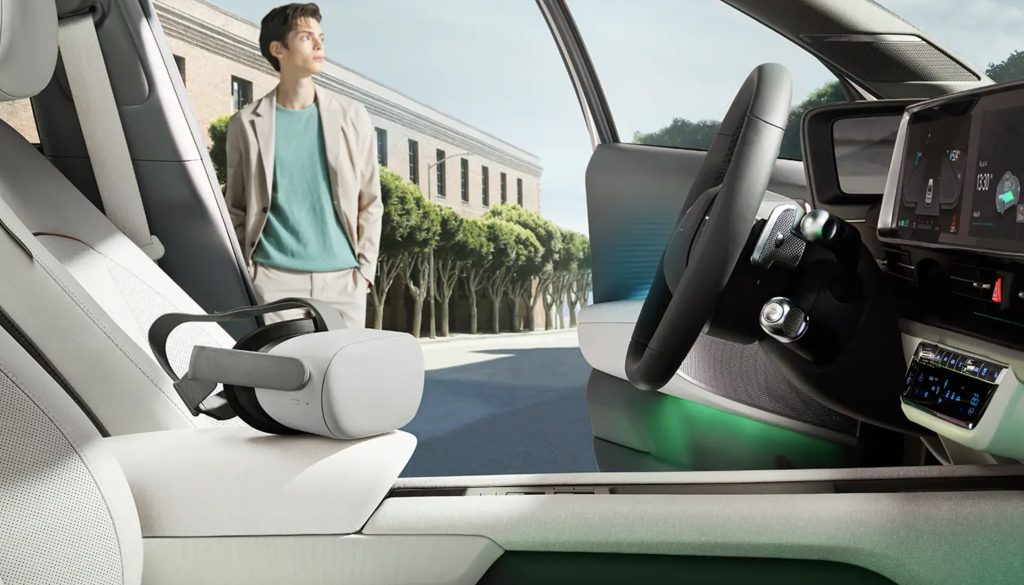
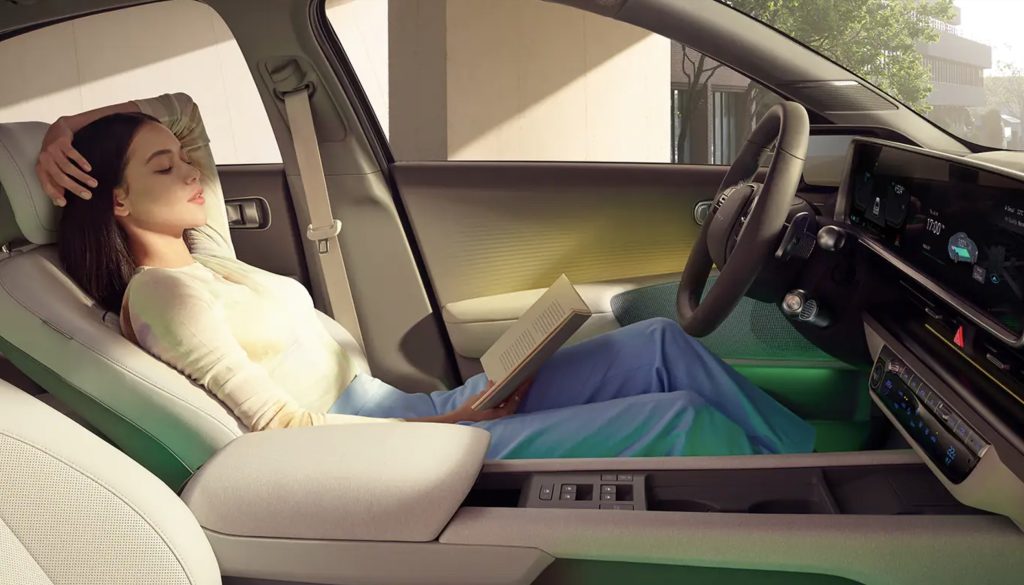
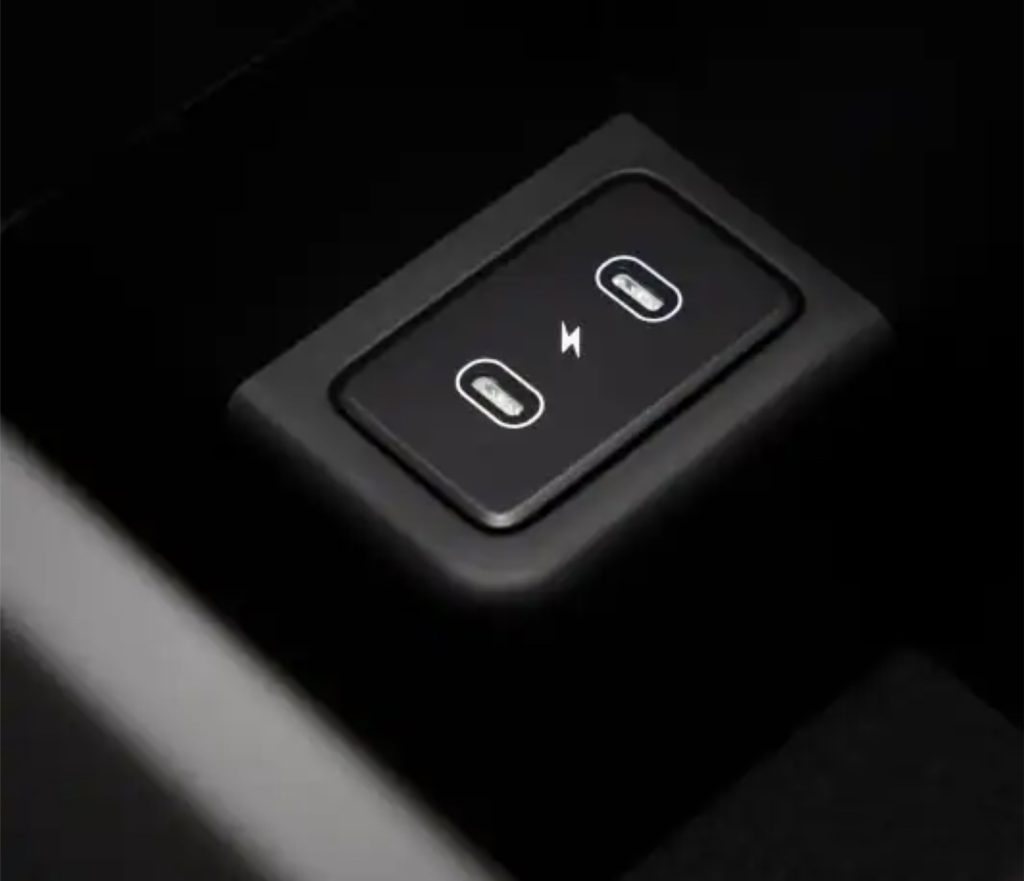
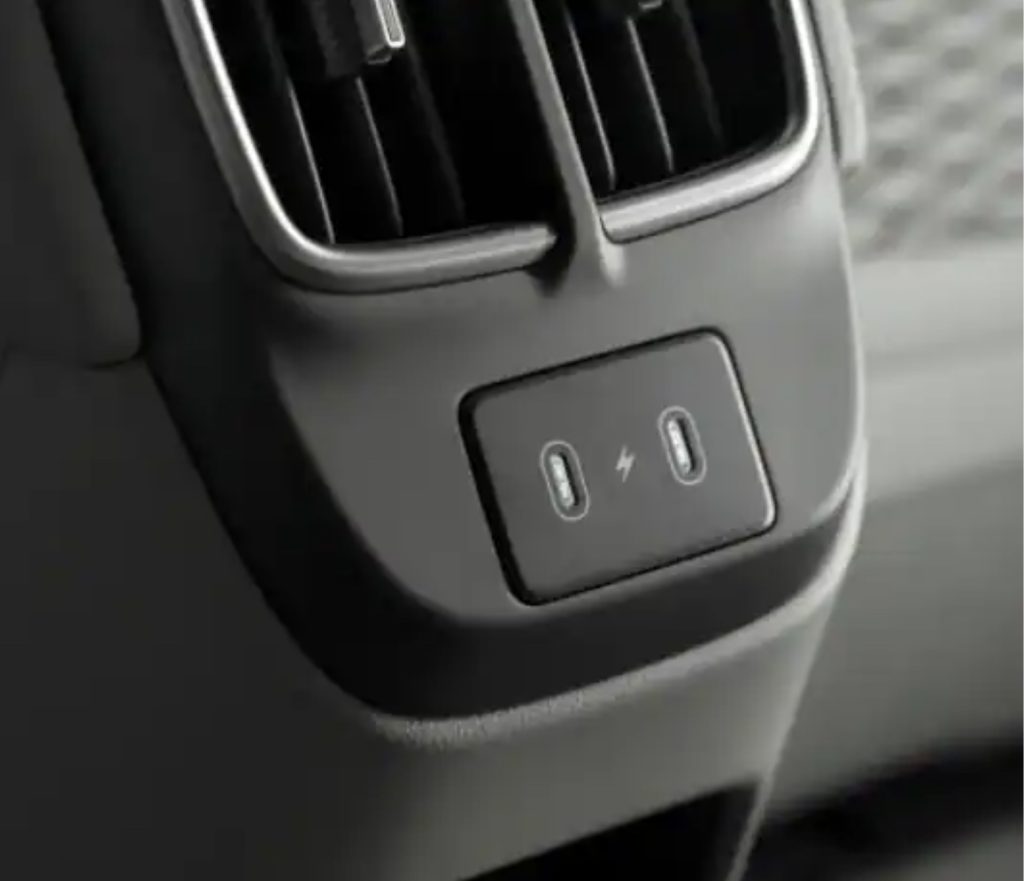
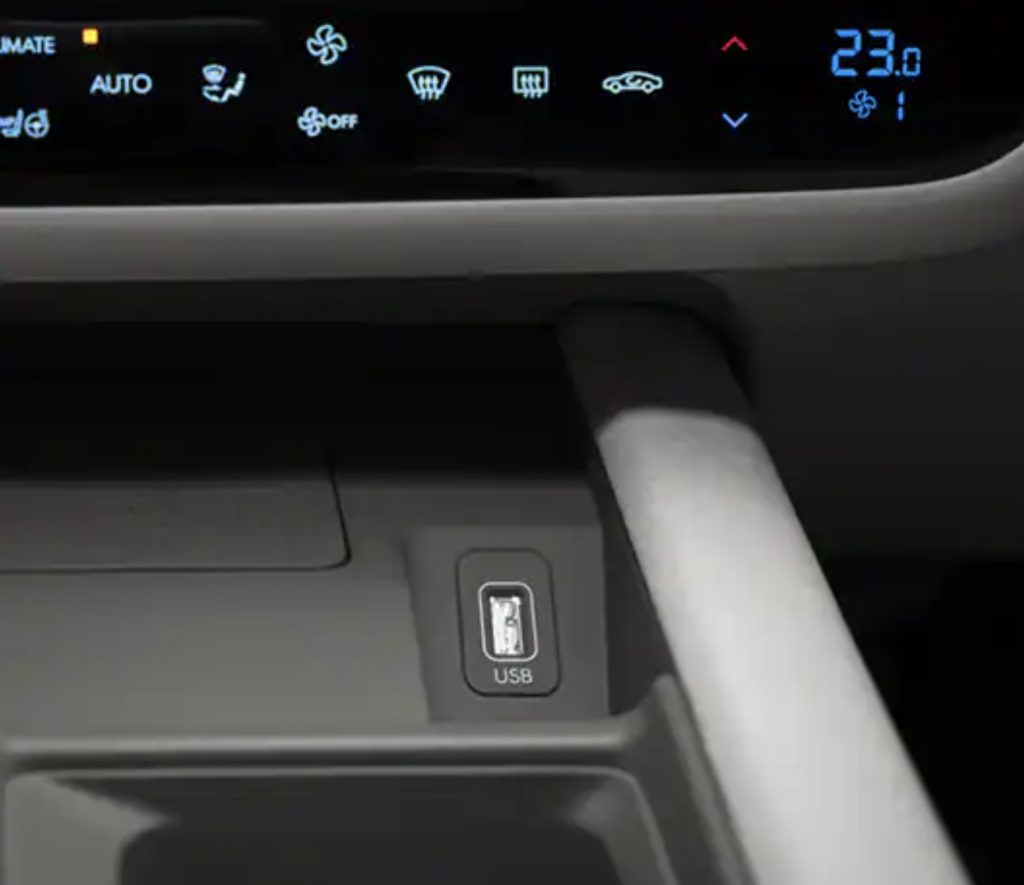
Hyundai IONIQ 6 Specs
The IONIQ 6 has a WLTP-estimated range of 610 km (379 miles) for the car’s two-wheel drive variant with 18-inch wheels and 77.4 kWh battery pack. Hyundai also notes that the 18-minute charging speed is based on charging at 25°C (77°F) battery temperature.
Hyundai will offer two Long Range variants of the IONIQ 6: an all-wheel drive and two-wheel drive version. Both Long Range variants are equipped with its 77.4 kWh battery packs. The Korean automaker will also sell a Standard Range IONIQ 6 with a 53.0 kWh battery.
Watch the Hyundai IONIQ 6 world premiere below!
The Teslarati team would appreciate hearing from you. If you have any tips, contact me at maria@teslarati.com or via Twitter @Writer_01001101.

News
Tesla (TSLA) receives “Buy” rating and $551 PT from Canaccord Genuity
He also maintained a “Buy” rating for TSLA stock over the company’s improving long-term outlook, which is driven by autonomy and robotics.
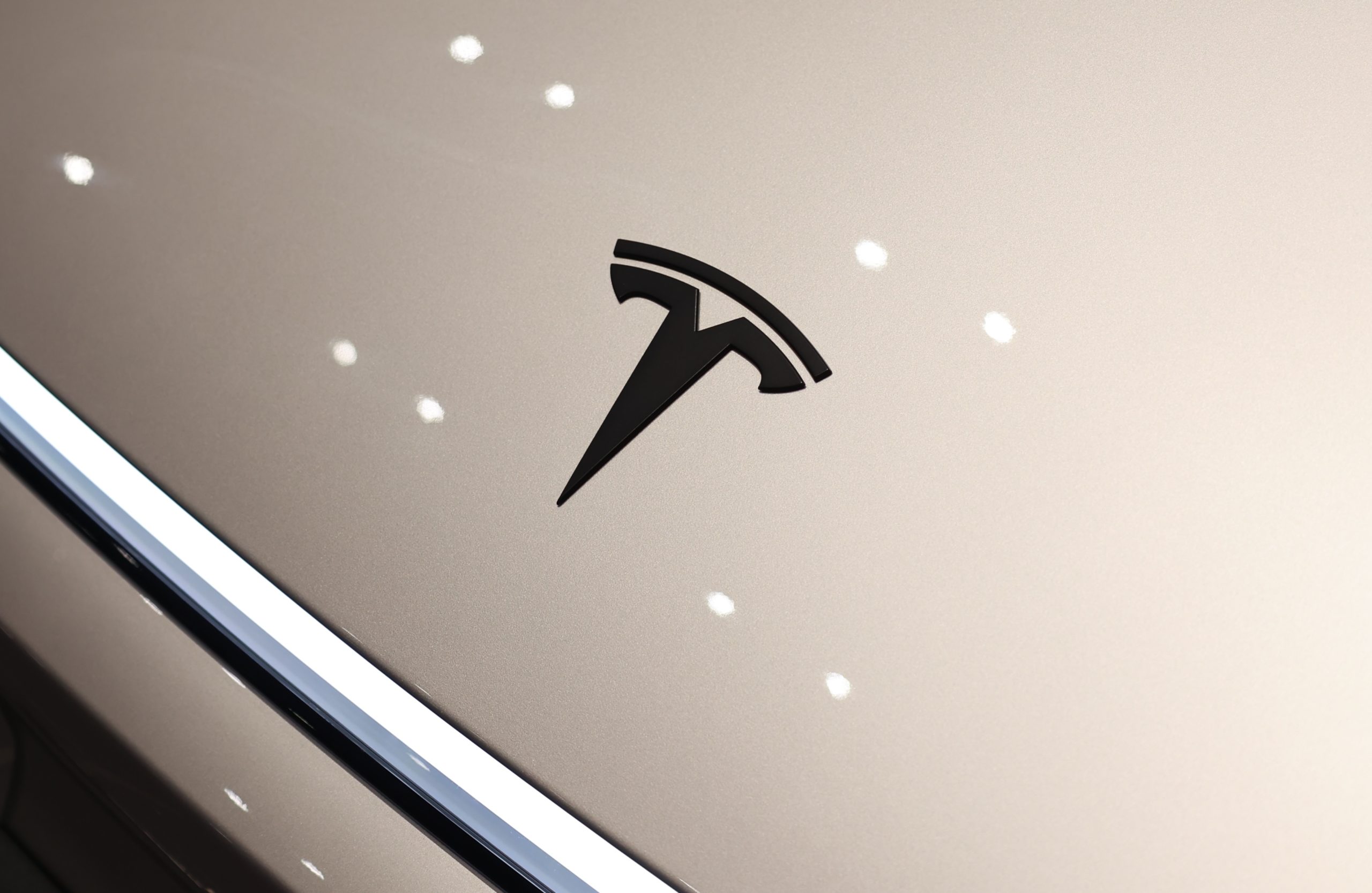
Canaccord Genuity analyst George Gianarikas raised his Tesla (NASDAQ:TSLA) price target from $482 to $551. He also maintained a “Buy” rating for TSLA stock over the company’s improving long-term outlook, which is driven by autonomy and robotics.
The analyst’s updated note
Gianarikas lowered his 4Q25 delivery estimates but pointed to several positive factors in the Tesla story. He noted that EV adoption in emerging markets is gaining pace, and progress in FSD and the Robotaxi rollout in 2026 represent major upside drivers. Further progress in the Optimus program next year could also add more momentum for the electric vehicle maker.
“Overall, yes, 4Q25 delivery expectations are being revised lower. However, the reset in the US EV market is laying the groundwork for a more durable and attractive long-term demand environment.
“At the same time, EV penetration in emerging markets is accelerating, reinforcing Tesla’s potential multi‑year growth runway beyond the US. Global progress in FSD and the anticipated rollout of a larger robotaxi fleet in 2026 are increasingly important components of the Tesla equity story and could provide sentiment tailwinds,” the analyst wrote.
Tesla’s busy 2026
The upcoming year would be a busy one for Tesla, considering the company’s plans and targets. The autonomous two-seat Cybercab has been confirmed to start production sometime in Q2 2026, as per Elon Musk during the 2025 Annual Shareholder Meeting.
Apart from this, Tesla is also expected to unveil the next-generation Roadster on April 1, 2026. Tesla is also expected to start high-volume production of the Tesla Semi in Nevada next year.
Apart from vehicle launches, Tesla has expressed its intentions to significantly ramp the rollout of FSD to several regions worldwide, such as Europe. Plans are also underway to launch more Robotaxi networks in several more key areas across the United States.
News
Waymo sues Santa Monica over order to halt overnight charging sessions
In its complaint, Waymo argued that its self-driving cars’ operations do not constitute a public nuisance, and compliance with the city’s order would cause the company irreparable harm.
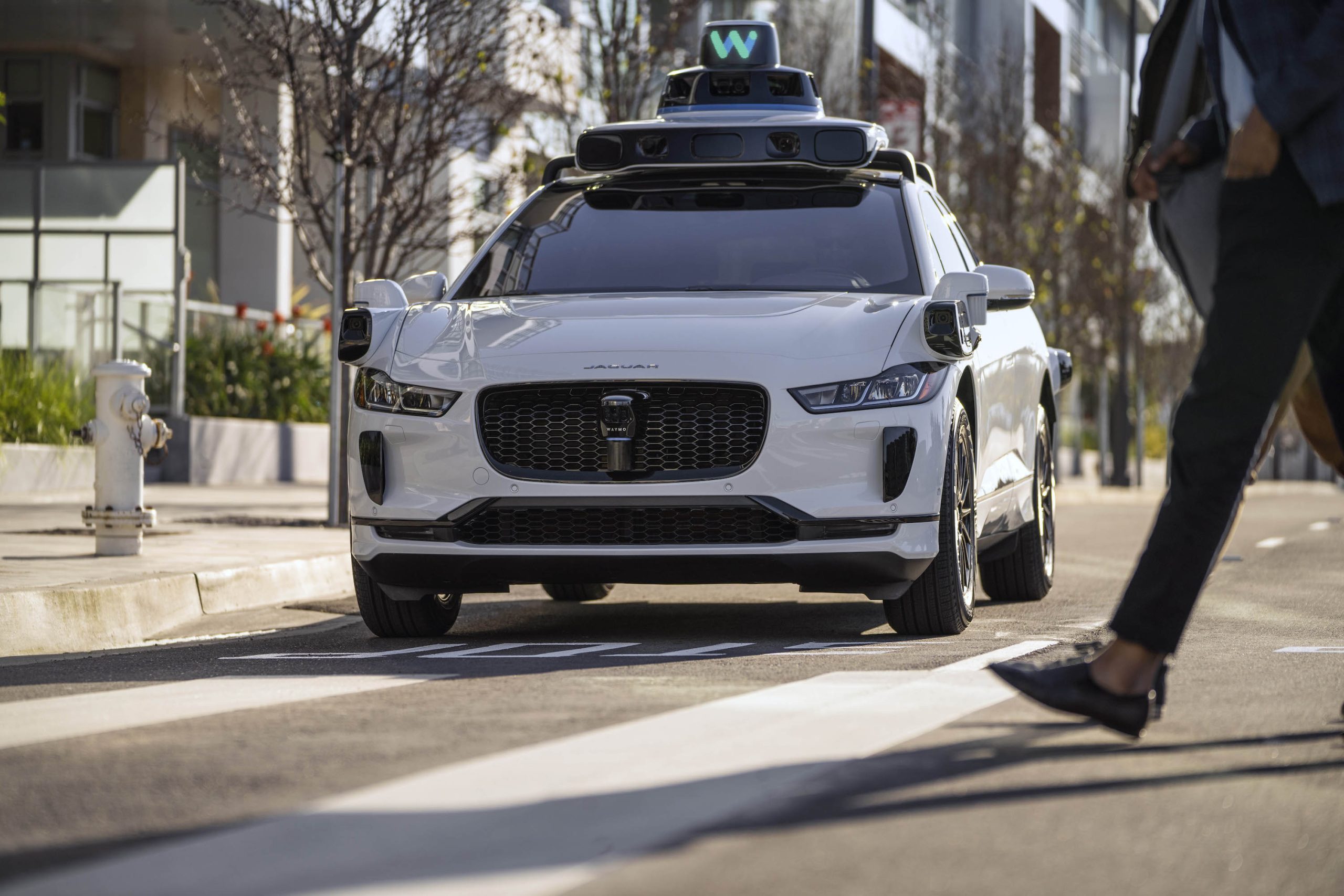
Waymo has filed a lawsuit against the City of Santa Monica in Los Angeles County Superior Court, seeking to block an order that requires the company to cease overnight charging at two facilities.
In its complaint, Waymo argued that its self-driving cars’ operations do not constitute a public nuisance, and compliance with the city’s order would cause the company irreparable harm.
Nuisance claims
As noted in a report from the Los Angeles Times, Waymo’s two charging sites at Euclid Street and Broadway have operated for about a year, supporting the company’s growing fleet with round-the-clock activity. Unfortunately, this has also resulted in residents in the area reportedly being unable to sleep due to incessant beeping from self-driving taxis that are moving in and out of the charging stations around the clock.
Frustrated residents have protested against the Waymos by blocking the vehicles’ paths, placing cones, and “stacking” cars to create backups. This has also resulted in multiple calls to the police.
Last month, the city issued an order to Waymo and its charging partner, Voltera, to cease overnight operations at the charging locations, stating that the self-driving vehicles’ activities at night were a public nuisance. A December 15 meeting yielded no agreement on mitigations like software rerouting. Waymo proposed changes, but the city reportedly insisted that nothing would satisfy the irate residents.
“We are disappointed that the City has chosen an adversarial path over a collaborative one. The City’s position has been to insist that no actions taken or proposed by Waymo would satisfy the complaining neighbors and therefore must be deemed insufficient,” a Waymo spokesperson stated.
Waymo pushes back
In its legal complaint, Waymo stated that its “activities at the Broadway Facilities do not constitute a public nuisance.” The company also noted that it “faces imminent and irreparable harm to its operations, employees, and customers” from the city’s order. The suit also stated that the city was fully aware that the Voltera charging sites would be operating around the clock to support Waymo’s self-driving taxis.
The company highlighted over one million trips in Santa Monica since launch, with more than 50,000 rides starting or ending there in November alone. Waymo also criticized the city for adopting a contentious strategy against businesses.
“The City of Santa Monica’s recent actions are inconsistent with its stated goal of attracting investment. At a time when the City faces a serious fiscal crisis, officials are choosing to obstruct properly permitted investment rather than fostering a ‘ready for business’ environment,” Waymo stated.
News
Tesla FSD v14.2.2 is getting rave reviews from drivers
So far, early testers have reported buttery-smooth drives with confident performance, even at night or on twisty roads.
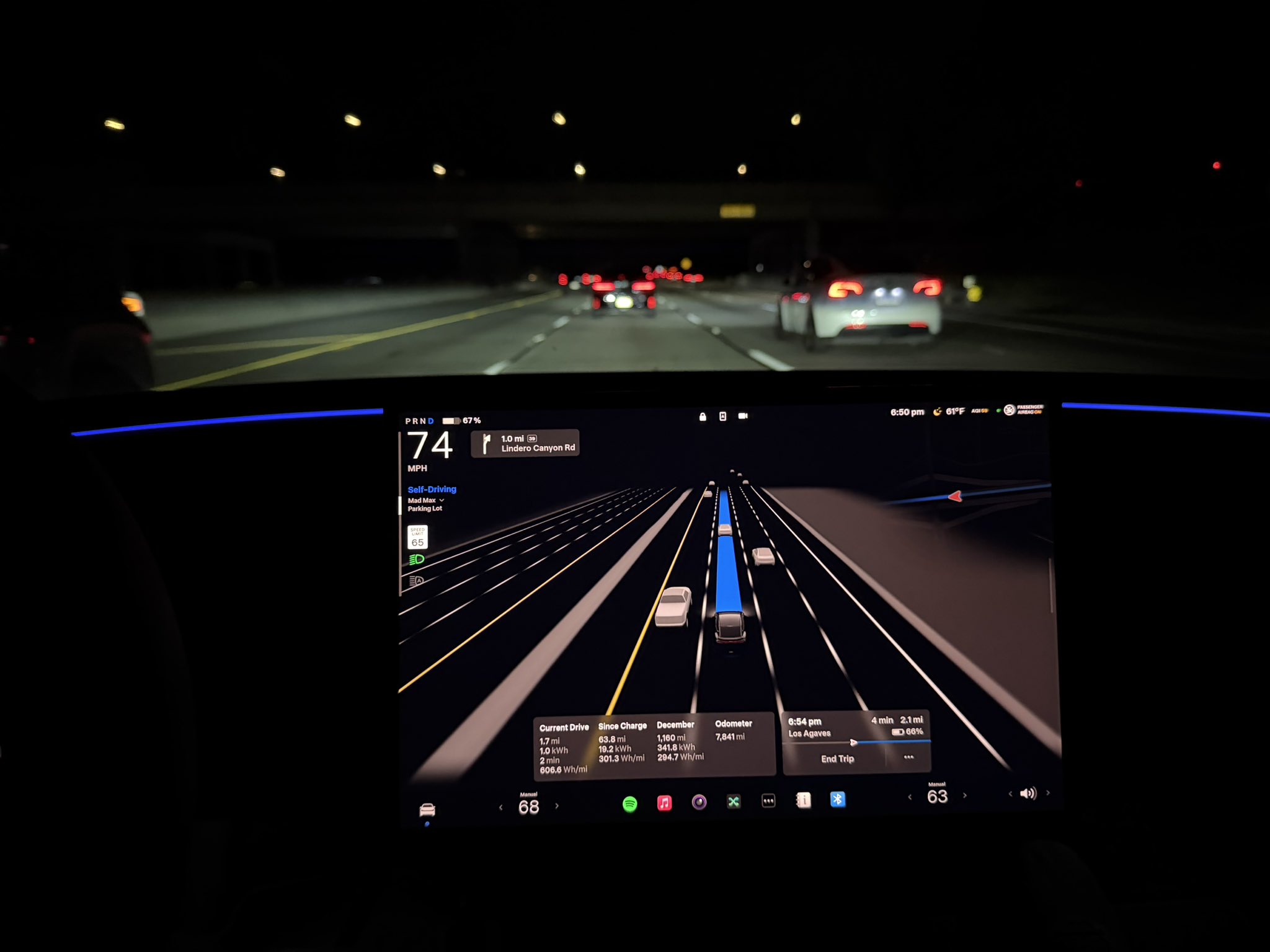
Tesla Full Self-Driving (Supervised) v14.2.2 is receiving positive reviews from owners, with several drivers praising the build’s lack of hesitation during lane changes and its smoother decision-making, among others.
The update, which started rolling out on Monday, also adds features like dynamic arrival pin adjustment. So far, early testers have reported buttery-smooth drives with confident performance, even at night or on twisty roads.
Owners highlight major improvements
Longtime Tesla owner and FSD user @BLKMDL3 shared a detailed 10-hour impression of FSD v14.2.2, noting that the system exhibited “zero lane change hesitation” and “extremely refined” lane choices. He praised Mad Max mode’s performance, stellar parking in locations including ticket dispensers, and impressive canyon runs even in dark conditions.
Fellow FSD user Dan Burkland reported an hour of FSD v14.2.2’s nighttime driving with “zero hesitations” and “buttery smooth” confidence reminiscent of Robotaxi rides in areas such as Austin, Texas. Veteran FSD user Whole Mars Catalog also demonstrated voice navigation via Grok, while Tesla owner Devin Olsen completed a nearly two-hour drive with FSD v14.2.2 in heavy traffic and rain with strong performance.
Closer to unsupervised
FSD has been receiving rave reviews, even from Tesla’s competitors. Xpeng CEO He Xiaopeng, for one, offered fresh praise for FSD v14.2 after visiting Silicon Valley. Following extended test drives of Tesla vehicles running the latest FSD software, He stated that the system has made major strides, reinforcing his view that Tesla’s approach to autonomy is indeed the proper path towards autonomy.
According to He, Tesla’s FSD has evolved from a smooth Level 2 advanced driver assistance system into what he described as a “near-Level 4” experience in terms of capabilities. While acknowledging that areas of improvement are still present, the Xpeng CEO stated that FSD’s current iteration significantly surpasses last year’s capabilities. He also reiterated his belief that Tesla’s strategy of using the same autonomous software and hardware architecture across private vehicles and robotaxis is the right long-term approach, as it would allow users to bypass intermediate autonomy stages and move closer to Level 4 functionality.
